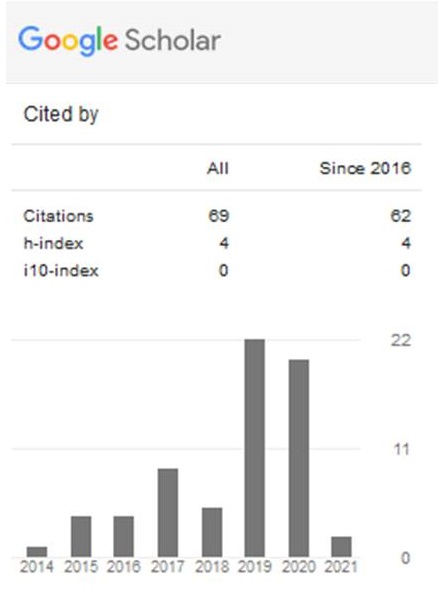Perubahan Fraksi P-Inorganik dan P-Organik Pada Bahan Tanah Gambut Yang Diaplikasi Dengan Fosfat Alam Pada Kondisi Kapasitas Lapang dan Tergenang
Abstract
The very high acidity of peat soil is mainly caused by high H+ concentration that can change the base cation likeK , Na+, Ca+ and Mg2+ from mineral/rock structure. The research was conducted in laboratory of the Departement ofSoil Science, Faculty of Agriculture, IPB. Peat soils at hemic degree of decomposition level were taken from Riau. Rockphosphates in this research (P and Fe sources) were the rock phosphates of Huinan China, Christmas Island and PTPetrokimia Gresik the content 32,65; 31,28 and 25,02% of P 2 O 5 and 2,28; 11,19 and 18,72% of R 2 O 3 (Fe 2 O 3 + Al 2 O 3 )respectively. The aims of the research were to study the changes of the forms of readily labile inorganic-P and organic-P,moderately labile inorganic-P and organic-P and non labile organic-P in peats after being incubated with rockphosphates. The results showed that the application of rock phosphates in peat soil increased the readily of labileinorganic-P and organic-P, moderately inorganic-P and organic-P, and non labile P forms. An increase of non labile Pand moderately labile P were higher dye to the R 2 O 3 content of rock phosphates became higher in saturated and fieldcapacity condition. The results also showed that the rock phosphates applied to the peat soil released P in a very highamounts, in the order of rock phosphates of Huinan China > Christmas Island > PT Petrokimia Gresik. Released P wasdetermined by water extraction which increased with the periods of incubation with the similar pattern on the three typesof rock phosphates.
Full Text:
PDFRefbacks
- There are currently no refbacks.

_2017.jpg)



